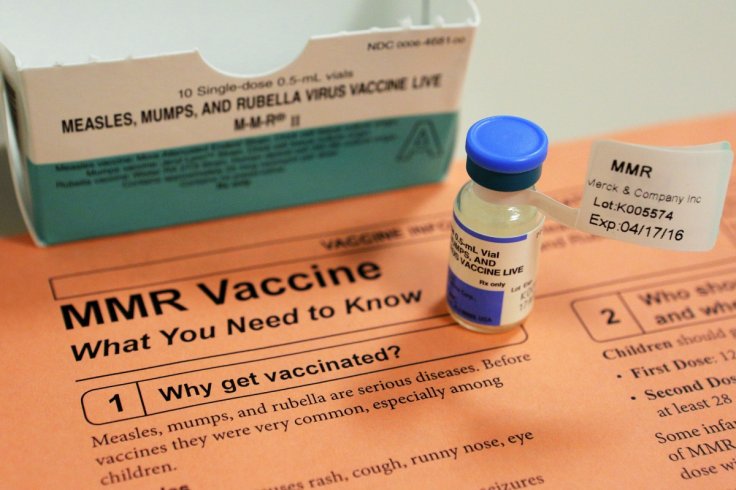
Britain is wary of the epicentre of measles this winter. Measles, the oldest form of infectious diseases that used to kill millions and lead to numerous infectious diseases, has usuaully affected the young children. Dating back to the 7th century, measlesd is a key cause of death among young children.
Measles is an exclusively contagious disease caused by a virus named rubeola virus. Before the introduction of measles vaccine in 1963, this viral disease had been widespread and killed closely 2.6 million across the globe, including Britain.
In 1968, Britain introduced the first measles vaccine and the number of deaths has slightly dropped down but reached zero. Still, measles is one of the leading causes of death among children. Even though a safe and effective vaccine is obtainable, there is no standard improvement in reducing the impact of measles.
Nearly 89,780 children were killed globally in 2016, marking it the lowest measles death rate compared to 100,000 recorded every year. Between 2000 and 2016, measles vaccination prevented 20.4 million deaths and making it one of the best vaccines. It is still the leading cause of death among children above 5 years.
However, accelerated vaccination activities have dramatically stalled 84% of global measles deaths.
Symptoms of Measles
The initial sign of measles is often a high fever, which starts about 10 to 12 days after exposure to the virus.
Other key symptoms of measles that patients exhibit contracting rubeola virus include:
Running nose/ common cold
Watery eyes
Dry coughing
Become sensitivity to light/ photophobia
Persistently sneezing
Swollen eyelids and inflamed eyes
Whole body aching
Appearance of reddish-brown rashes
Extended fever/prolonged fever
Koplik's spots
Severe diarrhoea
Dehydration
Respiratory infections, especially pneumonia
Several measles cases are found among children who are poorly nourished and have insufficient vitamin A in the body. Usually, the children become the victims of many other infectious diseases besides measles. Measles may also affect pregnant women and may end in miscarriage.









